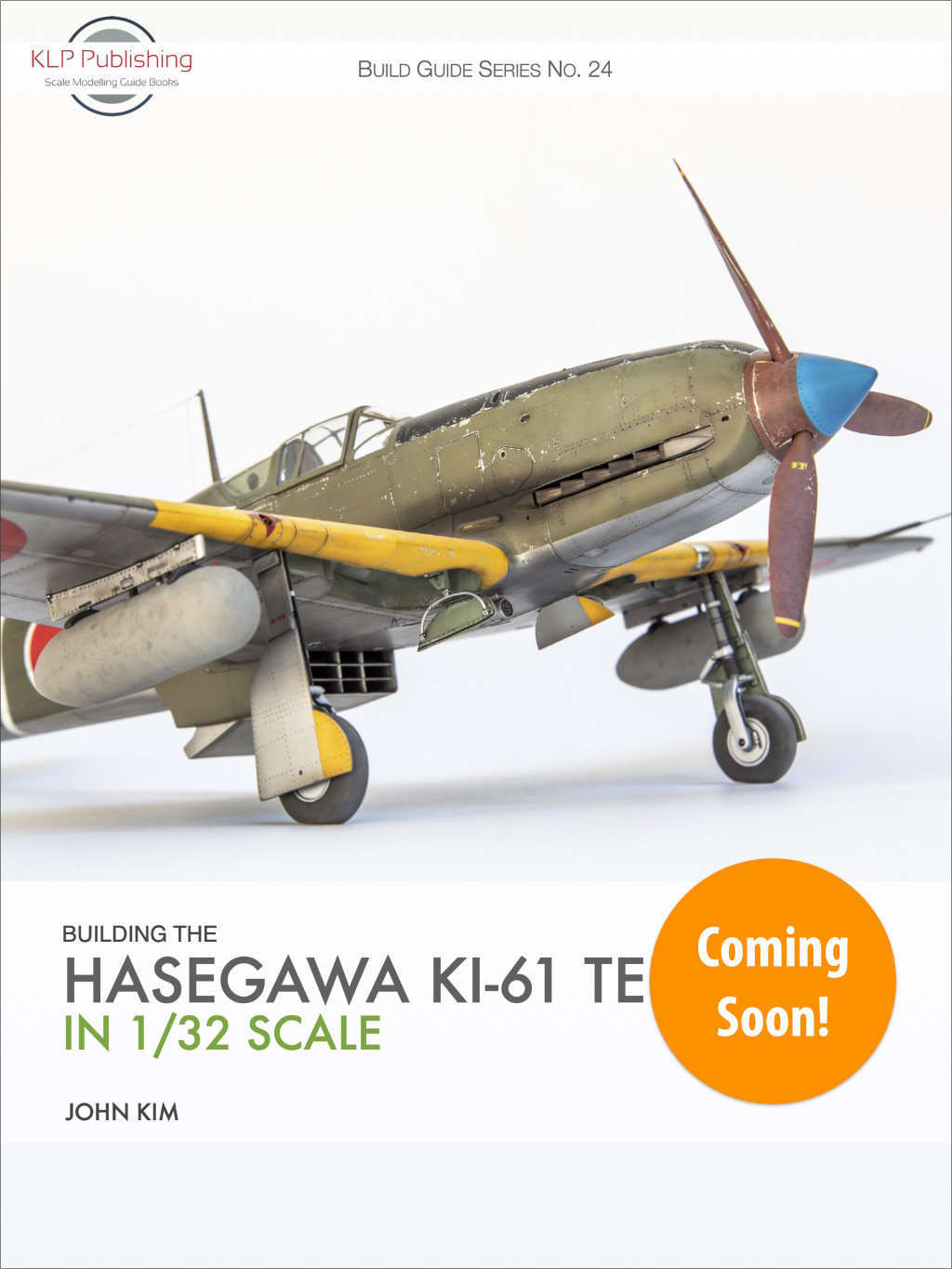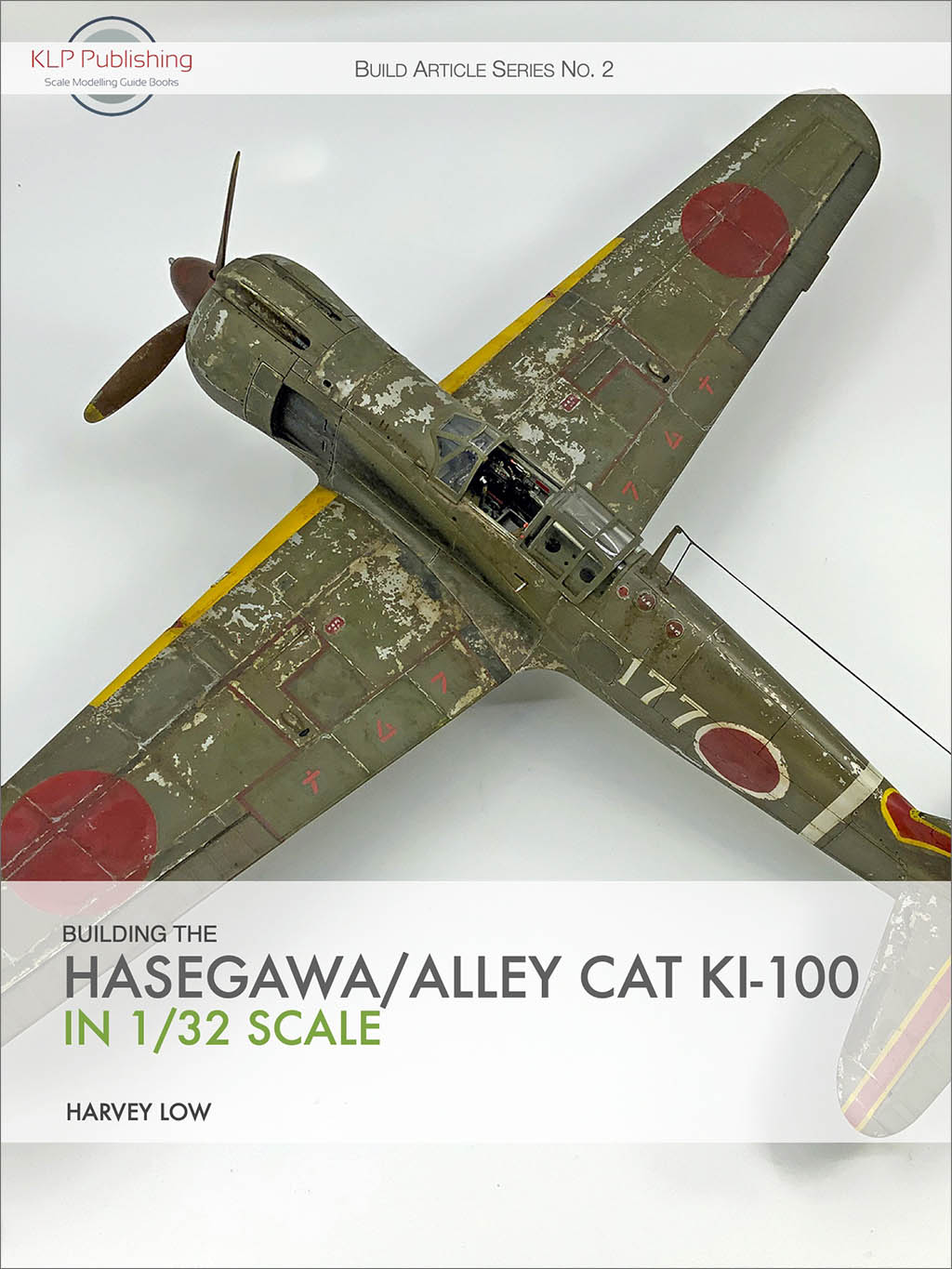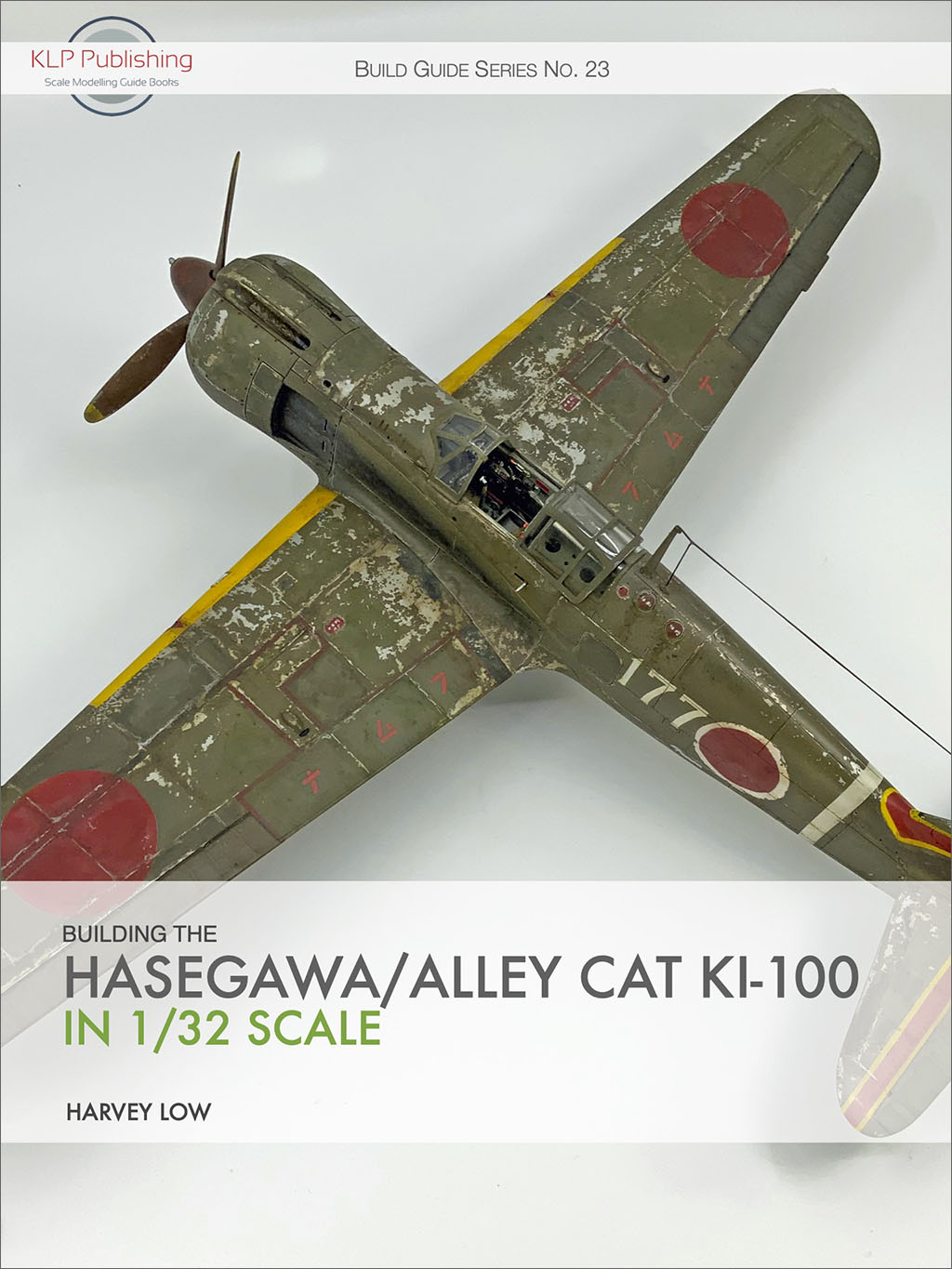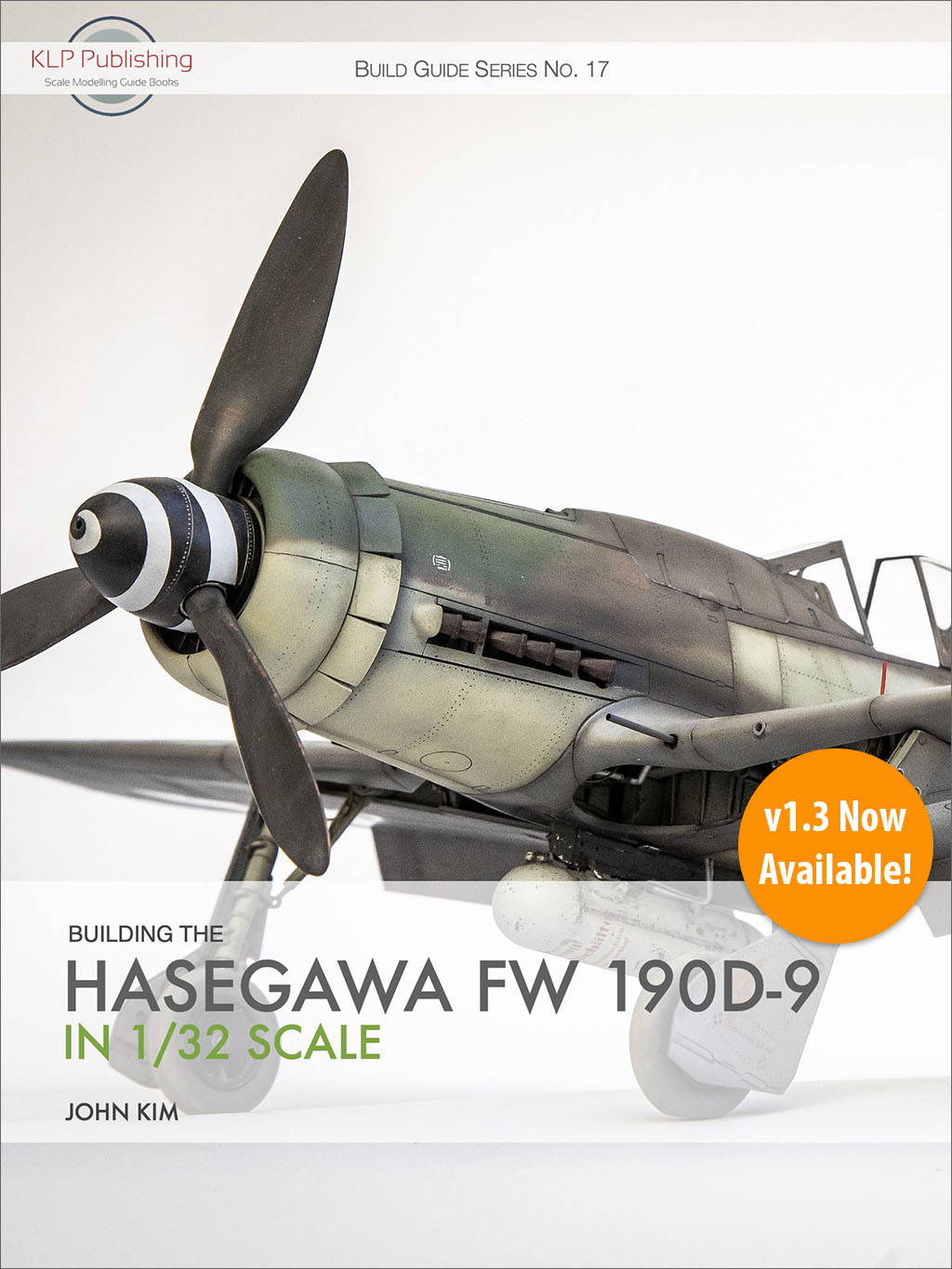It’s been a long time since I published Part 7 of this build log, with the model once again finding itself back on the Shelf of Doom—even if only temporarily. It was, eventually, returned to the workbench and finished off earlier this year (2024), so I’ll endeavour to catch you all up in as few posts as possible!
The build had now evolved to the point where I felt it was safe to put a coat of primer down, and in this case it was Mr. Finishing Surfacer 1500 Black, thinned from the jar and applied with an airbrush:
I also added some token canopy rails from Evergreen styrene strip—partly to help hide the joint problems in that area, and partly because it’s very plain, and will be highly visible with the canopy slid back:
The other thing I decided to do is something I should have tackled way earlier in the build, and probably prior to assembling the fuselage: represent the AN/APS-13 tail warning radar antenna on the fin. I figured this wouldn’t be much of a problem…until I tried to do it! My initial idea was to simply drill holes on each side at the appropriate locations, and insert suitably sized wires to do the job. I’ll spare you the gory details, but after a long series of ham-fisted mishaps, this approach proved to be an abject failure, and mostly due to poor planning and execution on my part. Suffice to say I broke a good half-dozen micro drill bits in the attempt.
And then I had a bright idea! (Anybody worried, yet?) The Tamiya kit has this antenna array as a single piece of photo-etched stainless steel, so I thought I might be able to use it here on this build, and save me some pain. So I set about joining up my ill-fated holes to form a pair of slots, into which I could insert the Tamiya photo-etched part:
I secured it initially with a liberal dose of Mr. Cement S, which melted the plastic to the tiny PE and grabbed it nicely. I then flooded the area with some thin CA. The next step was to pack out the nasty gouges on each side with some Milliput:
It took a bit of effort to clean the area up and smooth it out, but at least this important detail was taken care of. And of course, I put the antenna in backwards!
After another application of primer, it at least looked passable:
Like much of what I do at the workbench, my attempt to use primer to build up the mounting plate for the fin antenna didn’t quite go to plan:
At least the other side was better:
The sliding hood was masked off inside and out using the Montex masks. These required some additional help in the form of liquid masking fluid—in this case, Mr. Masking Sol Neo. I’m not a huge fan of the stuff, but at least it’s easy to get off.
If I had any doubts about having the canopy open on this one, a proper test fit with the token slide rails in place shows that the sliding hood wasn’t tall enough to meet the canopy anyway:
This brings us up the painting stage, which we’ll take a look at in Part 9. Stay tuned!






















































You must be logged in to post a comment.